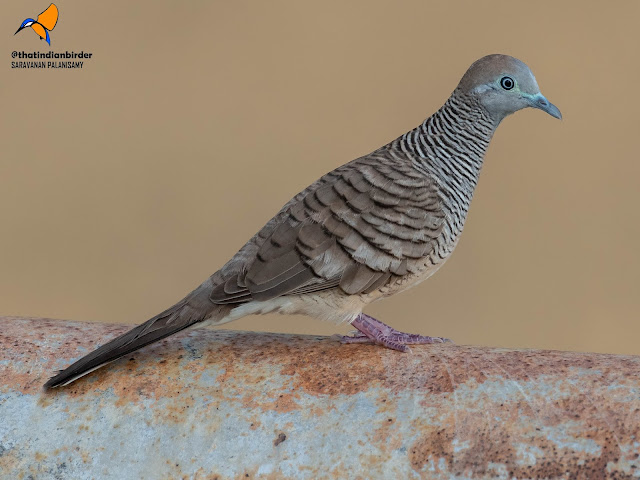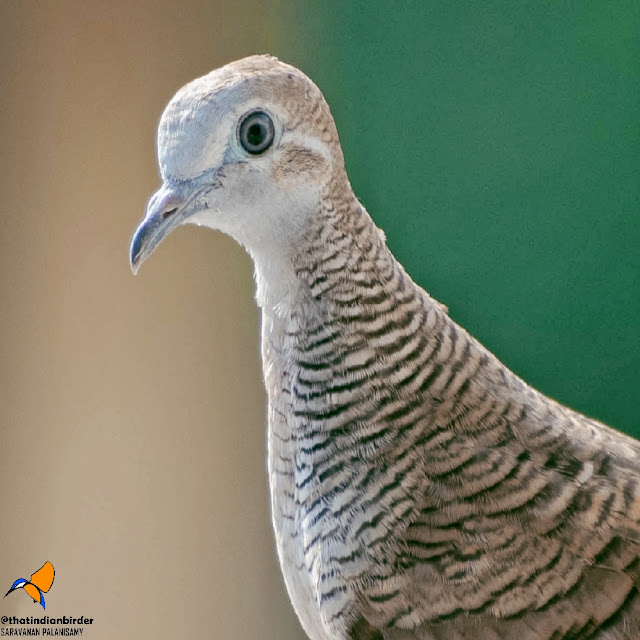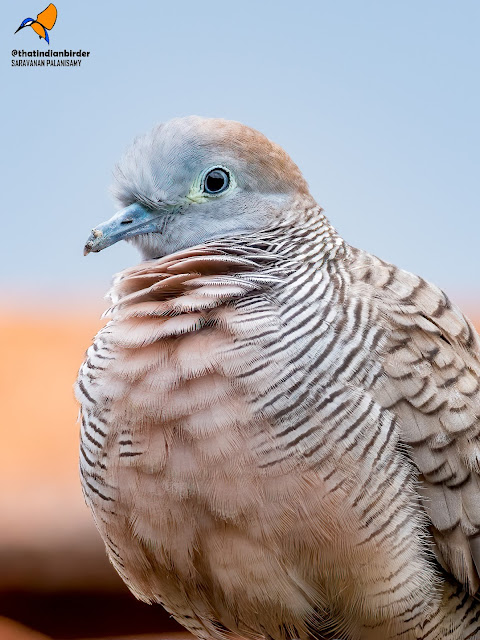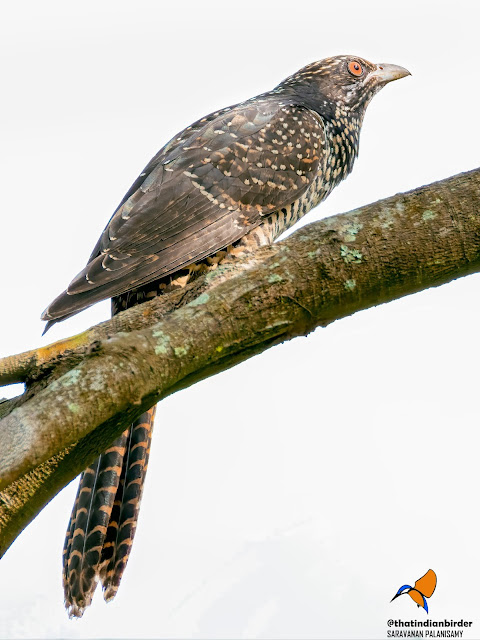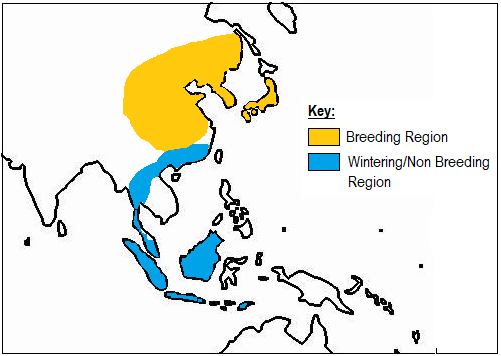Name: Long Tailed Shrike
Scientific Name: Lanius
schach
Other names: Rufous Backed
Shrike
Measurement:25-28cm
Local/Malay Name: Tirjup Ekor
Panjang
Long Tailed Shrikes are
birds from the shrike family, medium sized predatory birds, with fairly longer
tail, which gave its English name. Its Latin name: “Lanius” means butcher,
which related to the feeding behavior of some shrikes, while “schach” which is
a name given based on the phonetic representation of the bird’s call. The
English name “shrike” derived from Old English writing, “shriek”, which defines
its shrill call.
 |
| Long Tailed Shrike (L.s.bentet) |
Description:
Long Tailed Shrike is a
medium sized bird with black forehead and eye-stripe. The crown and mantle are
grey, wings are black. Underparts are white with rufous flanks and rump. Its
tail is long and narrow. There are 2 subspecies of these shrikes occur in
Malaysia:
·
L.
s. bentet
·
L.
s. nasutus
The commonest subspecies
occurs in Malaysia is the “bentet” race. “Bentet” was
mentioned as the local Javan name for the Long-Tailed Shrikes. Adult male
has black forehead and eye-stripe, grey crown and back. Underpart is white.
Scapular, rump and flanks washed in peach. Wings are black, the secondaries
fringed with white, along with white patches on the base of the primaries. Its
long, graduated and narrow tail is black with pale rufous fringe on the outer
feathers. Males and females are alike.
Juvenile Long Tailed
Shrikes are paler, with some barring on the upperpart, chest and on the flanks.
There is a variation of “bentet” race recorded in Sabah, with same
plumage except for its black forehead and black-washed crown, merging with its
grey nape.
The “nasutus” race however is a less -common subspecies of
Long Tailed Shrike, which occurs in Sabah. It has been recorded in Kota Marudu,
Sabah, in the year 2017/2018. Adult birds are similar to those “bentet”
race, but it has a black head and grey back.
 |
| A variation of L.s.bentet photographed by Mala&Adi at Sipitang, Sabah |
Status and
Distribution:
Resident
in Peninsular Malaysia and Resident/Migrant in East Malaysia.
Confusion
Species:
Long
Tailed Shrikes are easily distinguishable from the locally available shrikes
(Brown and Tiger Shrikes), by its long black tail, and the white patch on its
upper wings during its flight.
Geographical
Variation:
The
black masked “Bentet” race occurs in Peninsular Malaysia, East Malaysia,
Sumatra, Java and Lesser Sunda Islands. “Nasutus” race, the black capped
subspecies occurs in Philippines and East Malaysia (Sabah). (Refer to Picture
1)
 |
| Picture 1: Distribution of Long Tailed Shrike |
Behavior:Similar behavior like
Brown Shrikes. Skittish. Most solitary in nature, with a very small hunting
territory. Adults have been seen in 20m gap (Hulu Langat, Selangor, 2020).
Hunts from a vantage point, can be just a meter away from the ground. Seldom
seen on high perch. Hunting method is similar to those Brown Shrikes. It lunges
on the ground to grab its prey and fly back to its perch.
 |
| Long Tailed Shrike (L.s.bentet) |
Also seen using its
feet to grab the prey while feeding. Prey impaling also been recorded. Similar
as Brown Shrikes, its preys on insects, invertebrates and small vertebrates
such as small frogs, lizards, even smaller birds. It calls consist of soft and
harsh chirpings and quarreling like calls, which may resemble other birds’
calls. It learns to mimic the birds’ or other animals’ call within its habitat.
 |
| A Long Tailed Shrike, grabbing its prey with its feet |
Habitat:
Open
country and grasslands with scattered shrubs and bushes, plantations, rice
fields and other cultivated lands.
Breeding:
Breeding
season for the Long Tailed Shrike in Peninsula Malaysia is between July and
September. Nests are built by both male and female shrikes less than 5m high.
The nest is loosely built, in cup shape with roots, small twigs, dried long
grasses (“Lalang”) and with some man-made materials, i.e., plastic
strings. 3 to 6, whitish, brown mottled eggs are laid and incubated for 14 to
16 days, mostly by females.
Males may take turn with the females at times.
Chicks may fledge in about 20 days. Young birds may feed themselves in 25 days
after hatching, and will remain with parent birds for 10 weeks. However, there
are cases of fledglings stay with the parent birds longer than the mentioned
time.
 |
| Long Tailed Shrike photographed by Terence Ang. |
Conservation
Status:
Least
Concern. However, the population trend is declining, due to climatic changes
and habitat destruction. Long Tailed Shrikes are trapped (at times, nestlings are collected) and traded widely for
its demand and popularity as a cage bird. In Indonesia, competitions are held
annually among shrike keepers, to declare winner based on the quality of the
shrike’s call.
References
- Craig Robson, 2017, A Field Guide to
The Birds of South East Asia, Bloomsbury, London.
- Handbook to Birds of the World, Lynx
Edicions, Barcelona, Collins, Grafton Street, London
